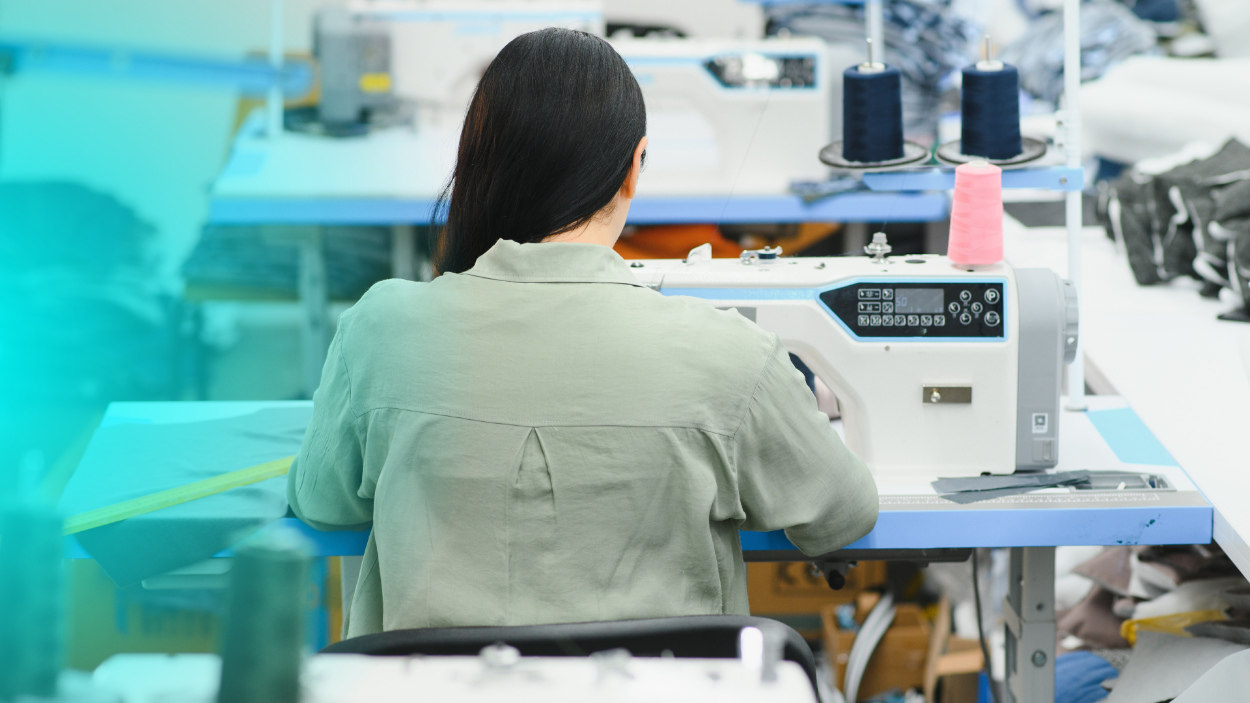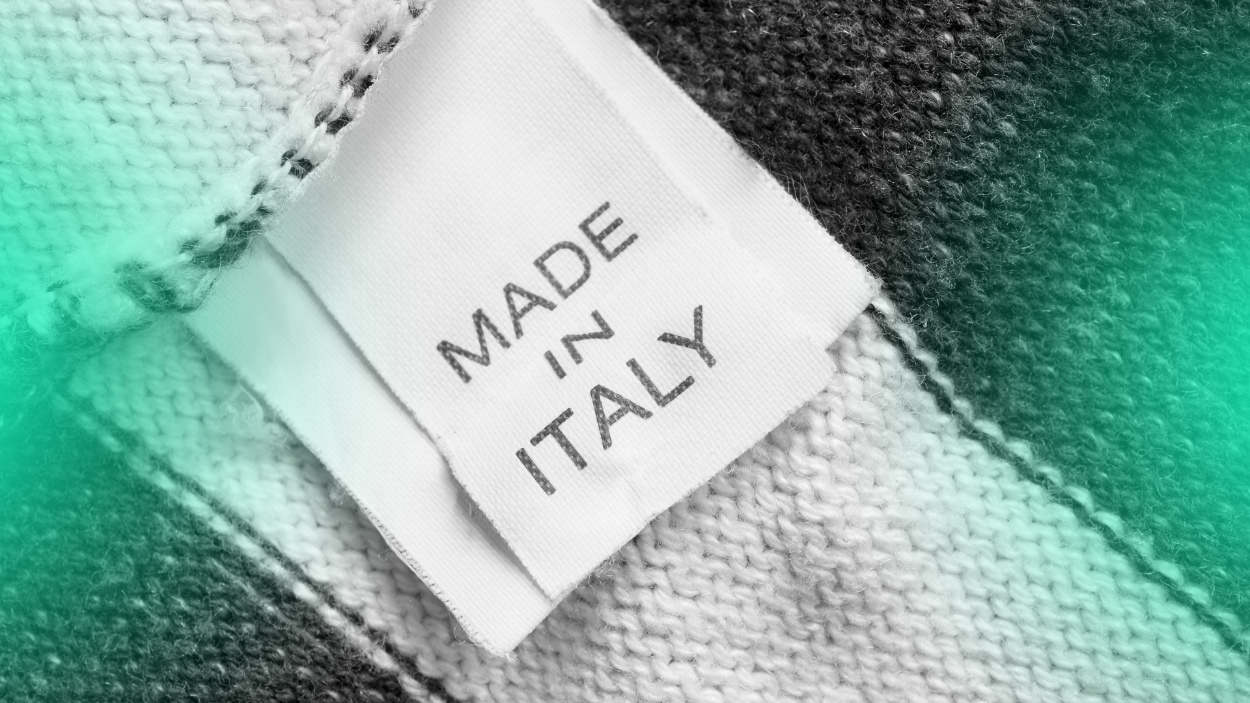Key Takeaways:
- Year-over-year, fashion has, on average, been losing interest in bringing manufacturing into consumption markets – and in 2025 offshoring has again become the industry’s primary sourcing strategy.
- This waning appetite is also coinciding with the scaling-back of regulations that could have created the conditions for more investment in local production through enforcement of disclosure and reporting requirements.
- On the opposite side of the scale, could extreme unpredictability in trade policy, combined with growing consumer demand for domestic-designed-and-domestic-made products reverse the trend away from reshoring and catalyse greater investment in R&D and automation?
For as long as the challenges of offshoring have been visible (opacity, delays, risk, environmental impact, and more), fashion has entertained (or at least paid lip service to) the idea of reshoring production – bringing manufacturing back to consumption markets like the USA, UK, and Europe. The arguments in favour are sound: shorter lead times, lower carbon footprints, better working conditions and fairer wages – all things that would have had a tangible impact on sustainability strategies, which were the main initiatives leading the charge.
But outside of the attention paid to in-country microfactories and on-demand production pilots (the success of which is unclear), reshoring has so far failed to manifest itself in real supply chain and sourcing strategies. As compelling as the idea of bringing production back in-country has been (and as close as the industry has come to having a regulatory mandate to go after that idea) offshoring had the unassailable advantages of cost and scale – neither of which it felt feasible to translate to domestic markets without significant investments in robotics and automation that still require multi-year (or potentially multi-decade) R&D programmes, and without challenging the notion of career paths in the garment sector for countries that are accustomed to consuming rather than creating.

And the latest data confirms that this fall-off in interest in reshoring has happened pretty quickly. In last month’s 2025 Sourcing & Supply Chain survey (produced by Bamboo Rose and The Interline), nearshoring as a primary strategy collapsed from a 30% share last year to just 10% today. Offshoring, meanwhile, jumped 16% year over year, reclaiming its spot as the dominant model.
Or, to put it another way, reshoring may have made moral sense, and it may have been an important lever for brands to have been prepared to pull in the face of legislation, but more practical and commercial considerations came out on top. Reshoring has not happened, on aggregate, and industry interest in it has been waning.
And at the same time, the legislative mandate itself could be losing its edge. The European Omnibus, a fairly broadsweeping legislative rollback, is set to tone down disclosure and reporting requirements that would have made it less palatable (or at least less practical) for brands to continue to adopt an “out of sight, out of mind” sourcing strategy.
For years, the push for local production was built on the implicit understanding that chasing “the cheapest needle” was a strategy with a limited shelf-life, and that the time would soon come where relocating sourcing and manufacturing closer to consumers could be one method to comply with the rules. EU regulators backed the movement with policies designed to force a shift, from digital product passports to extended producer responsibility and greenwashing crackdowns – none of which were explicitly “reshoring” regulations, but all of which were designed to create conditions that made some of the inbuilt advantages of offshoring less extreme.

So with appetite for really tackling the deep-seated questions around reshoring already fading, it’s highly unlikely that a softening of regulations is going to reverse the trend. So is there a chance that something else might?
As regular readers – and, to be honest, most citizens of the world know – we are now officially in the tariff and trade war era (or at the very least in the perpetual twilight where tariff go-live dates are forever just around the corner). While the bulk of the conversation has been focused on agriculture and heavy industry, this could nevertheless lead to a forced recalibration of global fashion supply chains depending on how import and trade restrictions play out; if it becomes impractical to import from one region, brands will seek that historic combination of cost and scale in another, and eventually that compass will point closer to home.
Will this prove to be enough to spur on the extensive investment in automation that would be required to make large-scale in-country production feasible? It’s certainly an argument in its favour, but, in isolation, probably no better an argument than looming regulations were.
But trade policy is not the only variable potentially tilting in reshoring’s direction. While, again, the focus is on food, beverage, energy, and heavy industry, we are already beginning to see consumers in tariff-hit or tariff-prone regions boycotting international brands and pursuing a more nationalistic (a harsh word, but an applicable one in this case) purchasing agendas. For consumption markets like the USA, UK, and Europe, this could mean a growing number of shoppers looking to buy local, not for purely environmental reasons, but as part of a groundswell of interest in supporting domestic value chains for more personal and political reasons.

But as always, the reality is less clear-cut. Products fully sourced and manufactured in a single country are rare (although they do exist, and high-end brands in particular have made them a cornerstone of their heritage and identity), and the more common “assembled in…” badge is more accurate, with components, trims, materials, packaging and so on sourced – to varying degrees – overseas. Depending on the policies that wind up getting locked in, tariffs and price rises may apply to different combinations of components, or solely to finished products.
And the same caveat is also applicable to the technology investment and infrastructure that would be needed to bring production back in-country in markets where there are not reservoirs of skilled machinists, patternmakers, and other necessary technical garment workers. If fashion does scale its ambitions for reshoring back up, contingent on the idea that automation will offset this absence of labour-on-tap, then the industry will also need to reckon with the globalised nature of the technology sector.
Today this concern does manifest itself in a demand for carefully-managed and certified cloud infrastructure in software, but for reshoring to truly take root, it will require a multi-disciplinary, multi-national attitude to both software and hardware innovation – one that’s starting to feel a little more remote in a world where international collaboration looks like a lot like walking a tightrope.
Best from The Interline:

We kicked off the week with an exclusive with Texprocess Americas, we explore how fashion can meet the changes in the development, sourcing and production of sewn products.

Next up, Vizoo’s Chief Commercial Officer on why digital product creation is more vital than ever in tough times, and how standardisation and validation are key to unlocking its true potential.

Then we talk to Chelsea Snyder, Kalypso’s Senior Technical Consultant, on why the business case for DPC is stronger than ever.

In our first podcast episode for 2025, we host Nina Khoury, VP of Strategic Operations at SKIMS and discuss tech-driven operations, and what it takes to scale a fashion brand.

We set out to contextualise some of the key challenges that emerged in the latest edition of TradeBeyond’s Retail Sourcing Report series. It captures the full scope of supply chain challenges and trends for 2025 – already a uniquely tumultuous time for the upstream side of fashion, with pronounced impacts on downstream retail and a range of product outcomes.

Originally published in The Interline’s DPC Report 2024. Karinna Grant X Bethan Alexander argue, if fashion is committed to realising the extended potential of digital assets, the industry needs a clearer map of where that potential lives, and a better taxonomy for how to talk about it.
